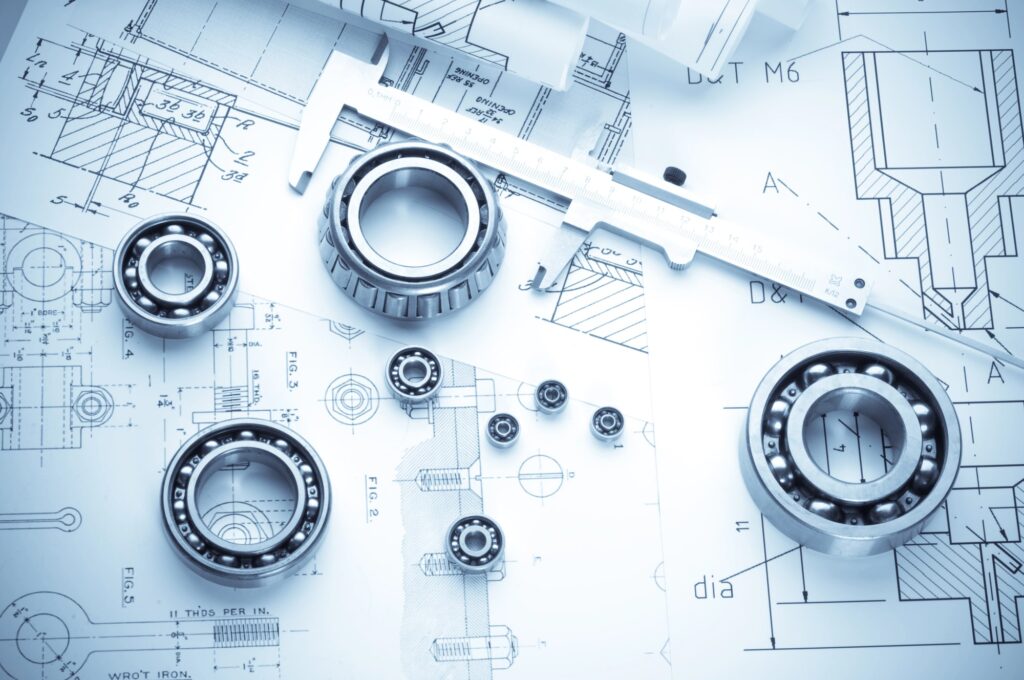In an exciting announcement for the world of architecture and cultural arts, Zaha Hadid Architects has been selected to design the Zhejiang Shaoxing Shangyu District Cao’e River Culture and Art Center in China. This new landmark is set to be a hub for local and international productions of opera, dance, drama, symphonies, and musical theater.
The center will feature a Grand Theater, a multifunctional hall, and various other facilities, all with a focus on sustainability and innovative design.
Let’s delve into the details of this extraordinary project and what it means for the region and the world of architecture.
Overview of the Zhejiang Cao’e River Culture and Art Center
The Zhejiang Shaoxing Shangyu District Cao’e River Culture and Art Center is poised to become a cultural beacon in Shaoxing City, Zhejiang Province.
Designed by the renowned Zaha Hadid Architects, the center will include:
- 1,400-seater Grand Theater
- 500-seat black-box multifunctional hall
- 2,900 square meter arts and education center
- 3,000 square meter conference center
- 7,500 square meter heritage museum
- 10,000 square meter digital art gallery
These facilities are designed to host a wide range of cultural and educational activities, making the center a versatile venue for various events and exhibitions.
Innovative Architectural Features
Ceramic Facades and Solar-Paneled Roofs
One of the standout features of the Zhejiang Cao’e River Culture and Art Center is its use of jade-green Celadon ceramics for the exterior. These ceramics, sourced locally from the Northern Song Dynasty era, lend a historical and cultural significance to the building.
The sloping roofs of the center are equipped with solar panels, enabling the building to harness green energy and reduce its reliance on the municipal grid.
The wide overhangs around the architecture serve a dual purpose: they provide shading for visitors during extreme weather conditions and create self-shading zones to reduce heat absorption within the building.
This thoughtful design aims to enhance the comfort of visitors while promoting energy efficiency.
Book Your Dream Vacation Today
Flights | Hotels | Vacation Rentals | Rental Cars | Experiences
Integration with Natural Surroundings
The design of the center emphasizes harmony with its natural surroundings.
The outdoor gathering spaces are seamlessly connected to sheltered courtyards, creating a fluid transition between indoor and outdoor areas.
The terraced landscapes surrounding the center are designed to offer natural parklands and gardens for relaxation and recreation, enhancing the overall visitor experience.
Sustainability and Green Energy
Zaha Hadid Architects has incorporated several sustainable features into the design of the Zhejiang Cao’e River Culture and Art Center.
The inclusion of solar panels within the roofs is a significant step towards reducing the building’s carbon footprint.
Additionally, the self-shading zones created by the sloping roofs help to minimize the heat absorbed by the building, further enhancing its energy efficiency.
Environmental Impact
The architectural team’s commitment to sustainability extends beyond energy efficiency.
By using locally sourced materials, such as the jade-green Celadon ceramics, the project supports local industries and reduces the environmental impact associated with transporting materials over long distances.
The integration of natural parklands and gardens also promotes biodiversity and provides a green oasis for the community.
Community and Cultural Significance
The Zhejiang Cao’e River Culture and Art Center is more than just an architectural marvel; it is a cultural hub that will enrich the lives of residents and visitors alike.
The center’s diverse range of facilities will host local and international productions, fostering cultural exchange and collaboration.
The arts and education center will provide valuable opportunities for learning and creativity, while the heritage museum and digital art gallery will showcase the region’s rich cultural heritage and contemporary art.
Economic and Social Benefits
The construction of the Zhejiang Cao’e River Culture and Art Center is expected to have a positive economic impact on the region.
The influx of visitors attending performances, exhibitions, and conferences will boost local businesses and create new job opportunities.
The center will also serve as a catalyst for further development in the area, attracting investment and enhancing the overall quality of life for residents.
Future Prospects
While the exact timeline for the construction of the Zhejiang Cao’e River Culture and Art Center has not yet been announced, the project’s potential is already generating excitement.
As a landmark cultural institution, the center will play a crucial role in promoting the arts and fostering a sense of community in Shaoxing City and beyond.
Anticipated Impact on the Architectural World
The design of the Zhejiang Cao’e River Culture and Art Center by Zaha Hadid Architects is expected to set new standards in architectural innovation and sustainability.
The project’s emphasis on integrating modern design with historical and cultural elements, coupled with its focus on green energy and environmental stewardship, will undoubtedly influence future architectural endeavors.
In conclusion, the Zhejiang Shaoxing Shangyu District Cao’e River Culture and Art Center represents a bold and visionary project that will leave a lasting legacy in the world of architecture and cultural arts.
With its innovative design, sustainable features, and cultural significance, the center is set to become a landmark destination for generations to come.
For more information on this groundbreaking project, visit the official announcement on Designboom.
Book Your Dream Vacation Today
Flights | Hotels | Vacation Rentals | Rental Cars | Experiences

